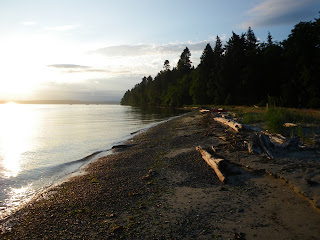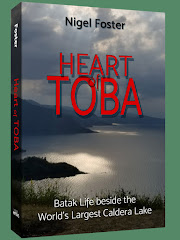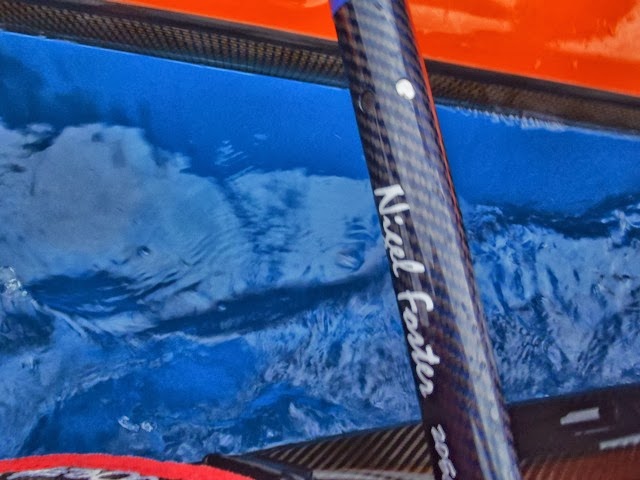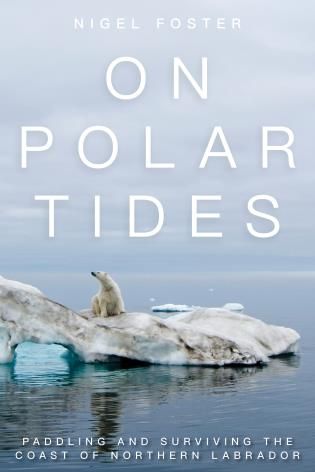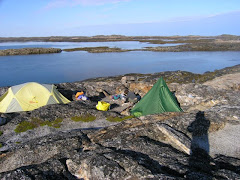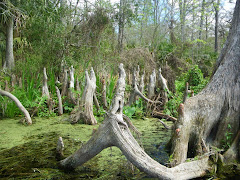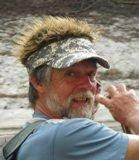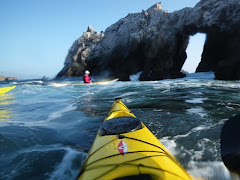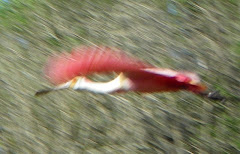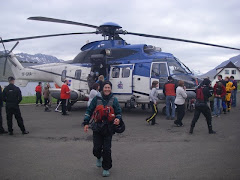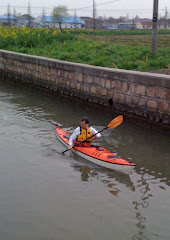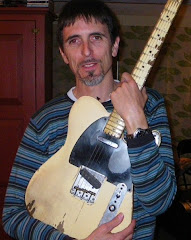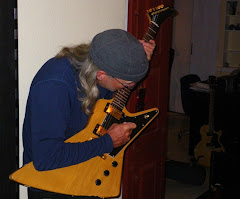In 1980 I revisited the Faeroe Islands with a group of kayakers from the south of England. The

Faeroe or "Sheep Islands" lie out in the Atlantic roughly halfway between Scotland and Iceland. With big swell that year, coinciding with peak tides, we had some wild rides through the tidal rapids between the islands and around the headlands. But that's why we'd come. With the constriction of the mid-Atlantic tides the water accelerates to 10 miles per hour. Even the lightest breath of wind can produce spectacular white water.
Returning to Torshavn after two weeks, adrenalin appetite sated for now, Drew heard about a whale kill. Some 230 pilot whales from a much larger pod had been herded by small boats into the channel between Streymoy and Eysteroy, to a beach near Havalvik, a town whose very name means "Whale Bay". It was late in the day, but anxious to see, we drove there.

The killing, thankfully, was already over. The whales had been hauled ashore with ropes and now lay on the beach all around the bay in the half-light like a fleet of dark upturned curraghs. We could see the deep cut behind each head which severed the spinal cord to kill the whale. The water must have blazed red with blood.
Each 20-30-foot-long whale had since been disemboweled. The several long cuts needed to open the belly revealed the thinness of the skin, and the thickness of the pinky-white blubber immediately beneath it. These cuts, someone explained, prevented gases building up inside the body cavity. People with buckets were reaching inside the still-warm bodies to pull out the liver and kidneys, which by ancient law belong to anyone who cared to take them. Each whale now had a number carved into its skin to keep tally, the number gleaming white from the underlying blubber.

There was little activity now, save for a few boats zigzagging against the tidal stream in search of any whales that might have sunk after killing.
Dead pilot whales sink, which is the reason they must be so carefully herded to a beach before slaughter. Ironically the so called "right whale" was named simply because it floated after death, so it was the "right whale" to hunt. Whales that would sink were the wrong ones to hunt, unless you could get them to the beach before killing them, as in the Faeroe Islands.
When we had seen enough we returned quietly to Torshavn.
Early next morning Drew hitchhiked back to Hvalvik to see what would happen to the whales. He returned with the surprising news that there had been nothing to see. During the night all the whales had been butchered and the meat and blubber taken away. The entrails and bones had also been disposed of, leaving the beach clean. It seemed remarkable that so much could be done in just a few hours, but I suppose the meat would spoil if left for long.
Meat and blubber is divided around the district by an old and complex system. (see Kenneth Williamson's book "The Atlantic Islands" (1948) for a good description). Blubber is nowadays usually refrigerated and eaten raw, while the meat is frozen, or traditionally dried in strips under

the eaves of the house. Hard as bone, these cudgels make ideal provisions for coastal and offshore fishing trips. I tasted slices pared from such a piece with Trondur Patursson, the Faeroese artist and expedition adventurer, at his home, sampling it as he recommended with a piece of raw blubber. It was easy to eat; rich and warming. Patursson took such supplies with him on a skin boat that crossed the Atlantic when he accompanied Tim Severin to retrace the voyage of Saint Brendan in the 1970's. (You can read the story in "The Brendan Voyage" by Tim Severin.)
Revisiting the beach at Hvalvik some years later I spotted a curiously-shaped white stone just an inch and a half long. Perhaps it was a shell? I picked it up. It was heavy for its size, too dense to be bone. It was polished smooth. Turning it in my fingers I was struck by its odd shape. From one angle it appeared like a carving of a shiny bald head with two eye holes peering from the partial shelter of two over-sized hands. A small hole the other side seemed to spiral inward with a pitted texture like octopus suckers. Was it carved? It didn't seem likely. Perhaps it was a fossil. I slipped it into my pocket to look at later.

Farther along the beach I found another, almost identical but a mirror image of the first. Now I searched more carefully! Soon I had a pocketful of pieces of two shapes, the second a distorted "L" shape. They clacked together like stone. So what were they? Whale ear bones! Whale ear bone is the densest of all bone.
So why is whale ear bone so dense? Hearing is all about what happens at the interface between a fixed heavy object and lighter objects that vibrate with sound waves. In humans the sound waves travel through air, which is much less dense than our bodies. The vibrations pass via the ear drum through little ear bones to move the liquid in our inner ear. The movement of the liquid relative to the ear bone stimulates the nerve messages to our brain.

But whales receive sound through water, which has similar density to their body. The whale vibrates with the water. For a whale to hear, something must vibrate less. It's a little like a seismograph frame that vibrates with the earth movements in an earthquake. The heavy weight suspended within the frame vibrates far less, so the instrument can show the relative movement.
A whale operates a little in the same way. The dense ear bone vibrates less than the rest of the whale. Vibrations are transferred via fat pads to the liquid of the inner ear, where the nerves detect the relative movement.
(You can read the original 1980 story about the Faeroe Islands at
nigelkayaks




